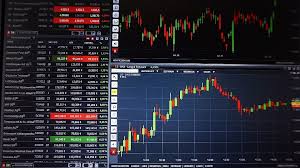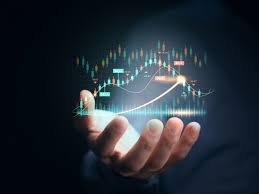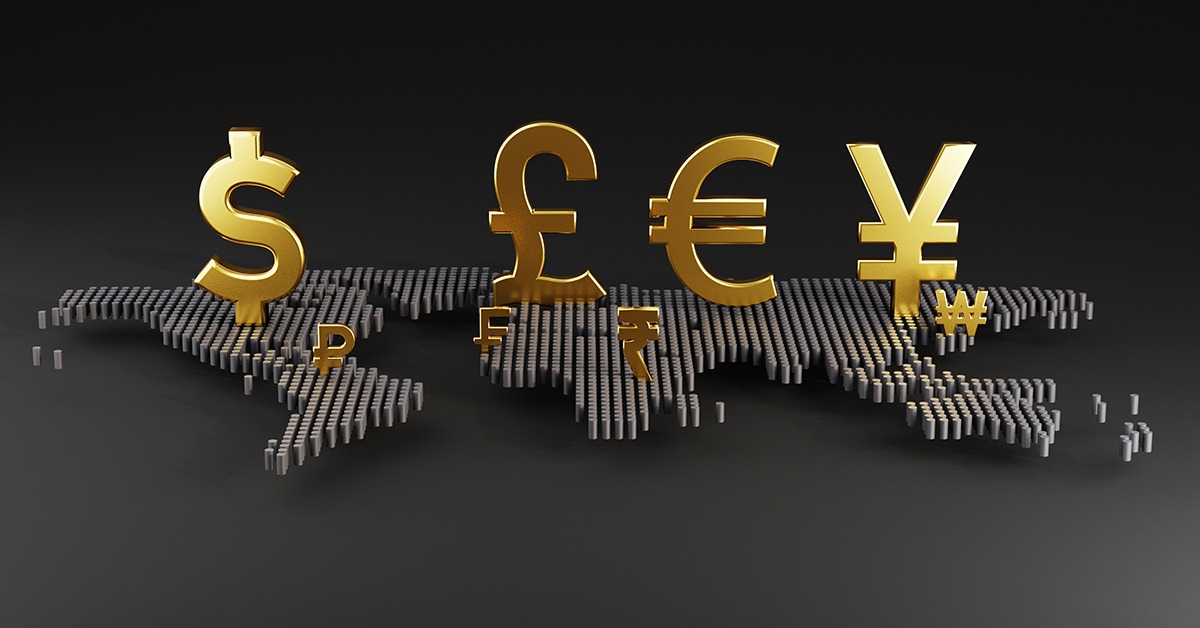
Automated Forex Trading: Revolutionizing the Trading Landscape
In recent years, the world of finance has experienced significant transformations, particularly in trading practices. Among these, automated forex trading Turkey Brokers have elevated their game, introducing automated forex trading systems that leverage technology to enhance trading efficiency and accuracy. This article delves into the mechanics of automated forex trading, its advantages, challenges, and best practices for traders seeking to harness its potential.
What is Automated Forex Trading?
Automated forex trading refers to the use of algorithms and computerized systems to execute trades in the forex market without the need for human intervention. These systems analyze market conditions, identify trading signals, and place orders based on predefined strategies and parameters.
The Technology Behind Automated Trading
Automated trading systems rely on sophisticated software that employs mathematical models, technical analysis, and market data to generate trading signals. These systems utilize different approaches, including:
- Algorithmic Trading: This involves creating algorithms that can analyze vast amounts of historical data and predict future price movements.
- High-Frequency Trading (HFT): HFT utilizes advanced technology to execute a large number of orders at incredibly high speeds, capitalizing on small price discrepancies.
- Expert Advisors (EAs): In platforms like MetaTrader, EAs are scripts that automate trading strategies based on predefined rules and conditions.
Advantages of Automated Forex Trading
There are several significant advantages to automated forex trading, making it an attractive option for traders:
1. Increased Efficiency
One of the key benefits of automated trading is its ability to execute trades much faster than a human trader can. Automated systems can analyze market conditions and execute trades instantly, ensuring that traders do not miss opportunities.
2. Emotionless trading
Human emotions can often lead to impulsive trading decisions that may not align with a trader’s strategy. Automated systems eliminate emotional influences, allowing for more consistent and disciplined trading.

3. Backtesting and Optimization
Automated forex trading systems can be backtested using historical data to evaluate the effectiveness of trading strategies over time. This process allows traders to optimize their strategies for better performance before risking real capital.
4. Diversification
Traders can deploy multiple automated strategies across different currency pairs simultaneously. This diversification helps spread risk, as the performance of one strategy may offset the losses of another.
Challenges in Automated Forex Trading
While automated forex trading offers numerous advantages, it is not without its challenges:
1. Dependence on Technology
Automated systems heavily rely on technology, including internet connectivity and software functionality. Any technical failure can lead to substantial financial losses if not monitored properly.
2. Market Volatility
The forex market can be highly volatile, and automated systems may not always react promptly to rapidly changing market conditions. This can lead to unexpected losses if not managed correctly.
3. Over-Optimization
Traders must be cautious of over-optimizing their strategies based on historical data, as this may not accurately reflect future market conditions. This phenomenon, known as curve fitting, can lead to poor live trading results.
Best Practices for Automated Forex Trading

To maximize the success of automated trading, traders should consider the following best practices:
1. Start with a Clear Trading Plan
Before diving into automated trading, it is essential to have a well-defined trading plan that outlines goals, risk tolerance, and strategies. This framework will guide the development and implementation of automated systems.
2. Choose the Right Broker and Platform
Selecting a reputable broker that supports automated trading is crucial. Look for brokers that offer robust trading platforms with compatibility for various algorithms and Expert Advisors.
3. Regular Monitoring and Adjustments
Even automated systems require oversight. Regularly monitoring performance and making necessary adjustments based on market conditions will help maintain optimal performance levels.
4. Manage Risk Wisely
Implementing risk management techniques, such as setting stop-loss orders and limiting exposure, is critical in automated trading. This practice helps to mitigate the potential for significant losses.
The Future of Automated Forex Trading
The future of automated forex trading looks promising. As technology advances, we can expect to see even more sophisticated algorithms, machine learning capabilities, and enhanced predictive analytics. These developments will likely increase the accessibility of automated trading to a broader range of traders, from beginners to experienced professionals.
Conclusion
Automated forex trading is paving the way for a more efficient and accessible trading environment. While it presents various advantages, it is essential to approach it with caution, understanding the risks involved. By employing best practices and staying informed about evolving technologies and market dynamics, traders can harness the power of automated systems to elevate their trading strategies.

